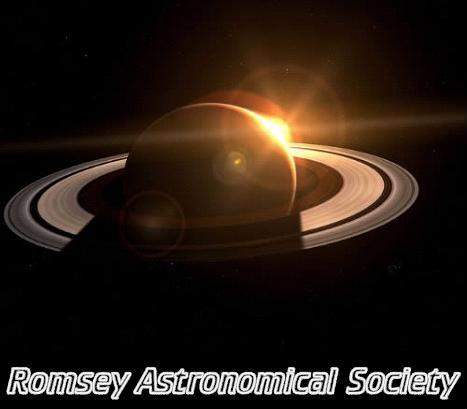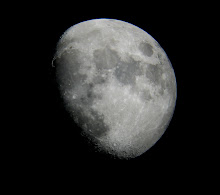
Europe's Rosetta probe is making its third and final flyby of Earth as it seeks to position itself to chase down a comet in 2014.
The spacecraft's whip around the planet will give it the extra speed it needs to take it out to the rendezvous location near Jupiter.
Launched in 2004, Rosetta has already flown by Earth twice and Mars once.
The journey out to Comet 67P/Churyumov-Gerasimenko will also take the probe past an asteroid in 2010.
Rosetta is expected to be moving at some 13.3km/s as it sweeps over the Indian Ocean, just south of the Indonesian island of Java.
At closest approach, timed currently to be 0745GMT, it should be at an altitude of just 2,481km, well inside the orbits of geostationary telecoms satellites.
Rosetta needs the gravity assist of passing close to Earth
Engineers say the gravity-assist will increase Rosetta's speed by 3.6km/s with respect to the Sun. Scientists will use the flyby to test the health of some of Rosetta's instruments by making observations of the Earth and the Moon.
Osiris, the main scientific camera system, will be taking pictures.
Rosetta will be extremely difficult to see from the ground, and amateur astronomers have been told that large telescopes will be required to pick up the faint, fast-moving object.
Engineers will assess the probe's trajectory after the Earth-Moon flyby sequence has been completed, to see if any course corrections are required. Any changes will be easier and lighter on fuel if they are made as early as possible.
The mission is expected to make a flyby of Asteroid Lutetia in July 2010, but apart from that one event the long journey into the outer Solar System should be a quiet one.
Indeed, for much of the time, the spacecraft will be put in a hibernation mode.
Rosetta's meeting with Churyumov-Gerasimenko is set for the May of 2014.
The probe will go into orbit around the 4km-wide ball of ice and dust and place a small lander called Philae on its surface.
As the comet moves into the inner Solar System, radiation from the Sun will cause the comet's ices to sublime - they will turn straight from a solid to a gas. Material will be ejected at supersonic speeds.
Gas and dust will be thrown out around the comet to form a coma, and away from the comet to form tails.
The Rosetta orbiter and lander will watch and record these events as the comet hurtles along at speeds up to 135,000km/h.
Scientists are keen to study comets close up because they are thought to contain materials that have remained largely unchanged since the formation of the Solar System 4.6bn years ago.
Rosetta milestones:
• Launch: 2 March 2004
• First Earth swingby: 4 March 2005
• Mars swingby: 25 February 2007
• Second Earth swingby: 13 November 2007
• Steins flyby: 5 September 2008
• Third Earth swingby: 13 November 2009
• Lutetia flyby: 10 July 2010
• Comet rendezvous manoeuvres: 22 May 2014
• Lander delivery: 10 November 2014
• Escorting the comet around the Sun: November 2014 - December 2015
• End of mission: December 2015


No comments:
Post a Comment